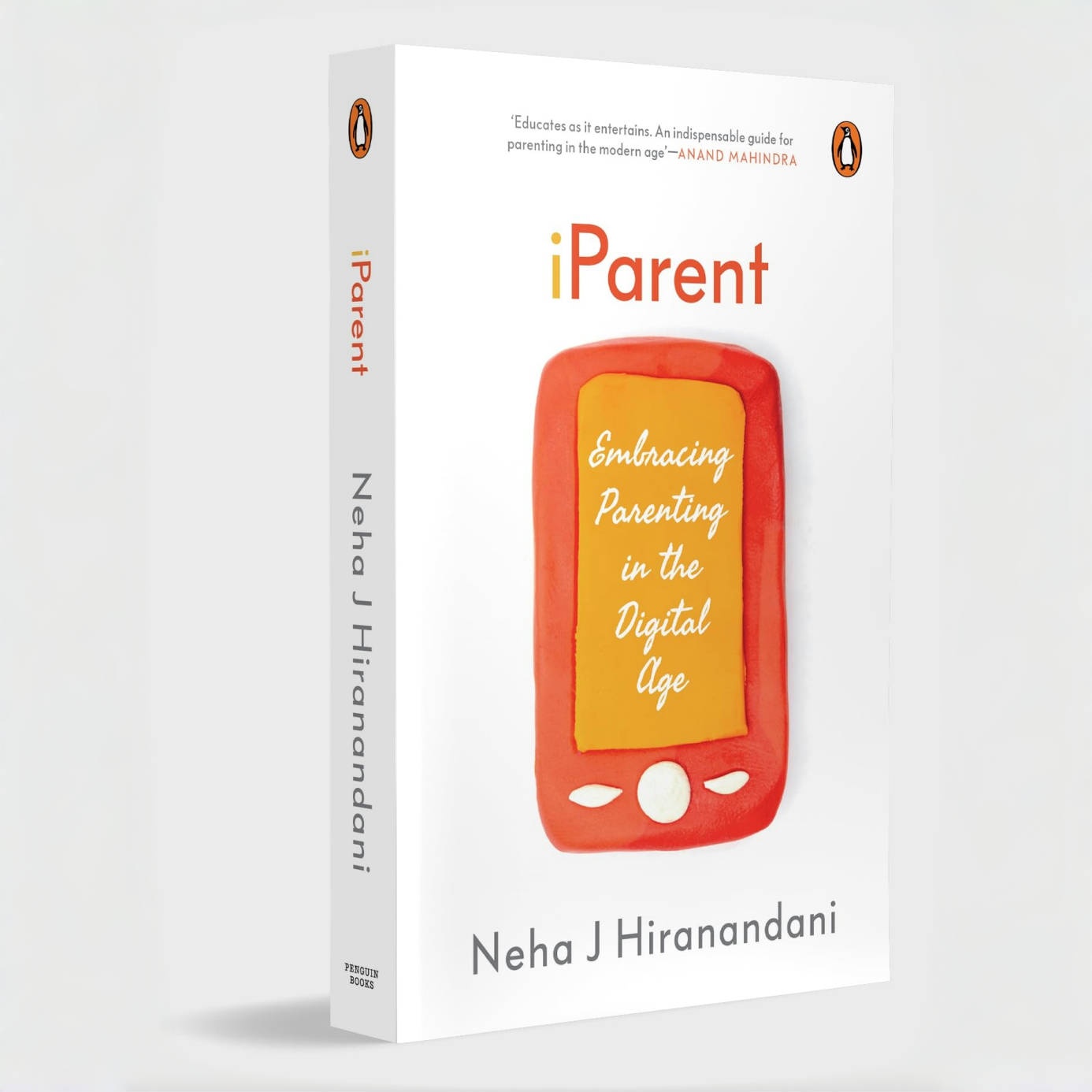Parenting styles play a significant role in shaping how children grow and develop. Two prominent approaches are the Montessori parenting style and traditional discipline. While both aim to raise well-behaved, independent children, they differ in their methods and philosophies. Understanding these differences can help parents make informed decisions about how to guide their children’s growth.
I. Overview of Montessori Parenting Style
The Montessori method, developed by Dr. Maria Montessori in the early 20th century, is based on the belief that children learn best when they are given freedom within structured boundaries. Montessori parenting focuses on fostering independence, respect, and individualized learning.
Key principles of the Montessori parenting style include:
- Independence: Encouraging children to do things for themselves, whether it’s dressing, feeding, or making choices.
- Respect: Treating children as capable individuals and respecting their ability to think and learn independently.
- Observing: Parents are not the primary teachers but rather guides who observe their child’s interests and help foster development.
The Montessori approach also emphasizes the importance of the environment. It should be prepared thoughtfully to allow for exploration and learning. Children are given the freedom to choose their activities, fostering self-motivation and creativity.
II. Overview of Traditional Discipline
Traditional discipline, on the other hand, is based on more structured parenting methods. It focuses on instilling good behavior through rules, authority, and often rewards or punishments. This approach is rooted in the belief that children need clear, consistent guidance from authority figures (parents, teachers, etc.).
Key elements of traditional discipline include:
- Parental Authority: Parents set clear rules and expect their children to obey without question.
- Punishment and Rewards: Behavior is shaped through the use of consequences such as time-outs, grounding, or rewards for good behavior.
- Clear Structure: Emphasis is placed on following a set of rules and maintaining order, with a focus on external control.
Traditional discipline often focuses on ensuring that children understand the boundaries set by their parents and society, with the goal of making them well-behaved and obedient.
III. Key Differences Between Montessori Parenting and Traditional Discipline
The differences between Montessori parenting and traditional discipline become clear when looking at their approaches to authority, discipline methods, fostering independence, and the learning environment.
1. Approach to Authority
- Montessori: Authority is shared between the parent and child. Parents act as guides, allowing children to make their own decisions, while providing a safe environment for them to explore. The relationship is based on mutual respect, where children’s opinions and choices are valued.
- Traditional: In traditional discipline, authority is primarily with the parent. The parent dictates rules, and the child is expected to follow them without question. Obedience and compliance are highly valued.
2. Discipline Methods
- Montessori: Discipline is seen as a way to guide children’s development, using natural consequences rather than punishments. For example, if a child doesn’t clean up after themselves, they may not have the tools to continue their play the next time they want to engage in the activity. This teaches responsibility.
- Traditional: Traditional discipline relies more on external control. Punishments like time-outs or grounding are used to correct behavior, while rewards (such as praise or treats) are given for following rules. These techniques are used to control behavior and teach obedience.
3. Independence vs. Dependence
- Montessori: Independence is at the core of the Montessori method. Children are encouraged to do things for themselves, from choosing their own activities to managing their personal needs. This builds self-reliance and decision-making skills.
- Traditional: Traditional discipline often fosters dependence on authority. Children may be guided by rules and rely on their parents to direct them, which can limit their ability to think independently.
4. Learning Environment

- Montessori: The environment is carefully prepared to encourage exploration and self-directed learning. Montessori encourages hands-on learning, where children can interact with materials that support their interests and developmental needs.
- Traditional: In traditional discipline, the environment is often structured with a focus on order and following rules. Children are typically expected to conform to the setting and focus on specific tasks, often with little room for autonomy.
IV. Pros and Cons of Each Parenting Style
Both Montessori parenting and traditional discipline offer benefits and challenges for parents and children.
Montessori Parenting:
- Pros:
- Encourages emotional intelligence and self-discipline.
- Fosters a deep sense of independence and responsibility.
- Promotes creativity and problem-solving.
- Builds respect and mutual understanding between parent and child.
- Encourages emotional intelligence and self-discipline.
- Cons:
- Can be challenging for parents who prefer more control or structure.
- Requires more patience, as the child is given more freedom to explore.
- Can be challenging for parents who prefer more control or structure.
Traditional Discipline:
- Pros:
- Provides clear structure and boundaries.
- Can be effective for managing behavior in the short term.
- Encourages immediate compliance and obedience.
- Provides clear structure and boundaries.
- Cons:
- Can lead to dependency on external control.
- May stifle creativity and independent thinking.
- Can create feelings of resentment if rules are perceived as too rigid or punitive.
- Can lead to dependency on external control.
V. Which Parenting Style Is Best for Your Family?
Choosing between Montessori parenting and traditional discipline depends on various factors, including your child’s temperament, your family values, and your goals for your child’s development. For instance, if your child thrives in a structured environment and responds well to clear expectations, traditional discipline might be more effective. However, if you value fostering independence, creativity, and respect for the child’s autonomy, the Montessori approach could be more suitable.
Many parents find success by blending aspects of both styles. For example, using Montessori principles at home but applying traditional discipline methods in certain situations can provide balance and flexibility in meeting a child’s needs.
VI. Conclusion
The Montessori parenting style and traditional discipline represent two different approaches to guiding a child’s growth. Montessori encourages independence, creativity, and mutual respect, while traditional discipline focuses on authority, structure, and obedience. Each approach has its strengths and weaknesses, and the best style depends on the needs of the child and the family.
Ultimately, the most important thing is to be mindful and flexible in your parenting. Whether you lean more toward Montessori or traditional discipline, creating a supportive, loving environment that allows your child to grow and learn at their own pace is key to their long-term development.





